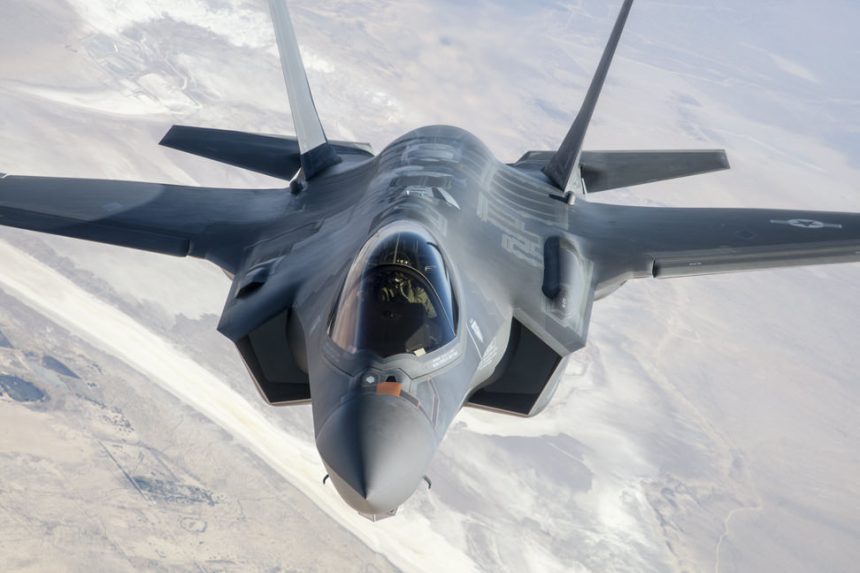15 F-35A have been grounded at Luke Air Force Base after faulty cooling lines were discovered.
Several faulty cooling lines have been identified in the wings of some F-35A aircraft at Luke Air Force Base, leading to the decision to temporarily suspend flight operations.
Noteworthy, the issue does not involve all the CTOL (Conventional Take Off and Landing) examples but 13 U.S. Air Force and 2 Royal Norwegian Air Force F-35As. Interestingly, among the 4 aircraft already delivered to the Norwegians, only the third and fourth F-35 received at the Partner Training Center at Luke Air Force Base are affected by faulty components.
Some details about the grounding were just released by RNoAF.
The F-35, just like several other aircraft, uses its fuel tanks as part of its on-board cooling system: this imply that several cooling lines have been installed inside the tanks to allow cooling liquid for the aircraft’s avionics and other systems to pass through.
During a routine depot maintenance of one of the American planes it was discovered that the insulating materials covering the cooling lines have decomposed, leaving residue in the fuel.
The subsequent inspections have confirmed the same kind of issue with other aircraft fitted with cooling lines from the same provider.
According to the Norwegian MoD the issue has been traced back to cooling lines manufactured by one particular provider that have only been installed in the wing fuel tanks of 15 aircraft – 13 US and 2 Norwegian. However, an additional 42 aircraft currently on the production line have received parts from the same provider (including the three Norwegian aircraft scheduled for delivery early next year).
“We have been very pleased with our aircraft so far, both in terms of performance and technical capabilities” says the release that goes ahead with more information about the problem: “This is not a design flaw, but is instead caused by a supplier using improper materials and improper sealing techniques for these specific parts.”
Major General Morten Klever, the director of the Norwegian F-35 Program Office says he expect Lockheed Martin to identify the appropriate measures to correct this issue, and implement these as quickly as possible.
“This appears to have been an isolated incident. We expect this to be resolved by the time we receive the next aircraft currently in production. The F-35 will be key to our ability to defend Norway over the coming decades, and consequently we have imposed very strict requirements on the aircraft,” says Major General Klever in the official Norwegian statement on the grounding.
Since not all the aircraft are affected by the issue, pilots at Luke Air Force Base will be able to continue their training using other aircraft at the base, including the other two Norwegian jets as well as the Italian and Australian examples.
Image credit: U.S. Air Force
Related articles
















